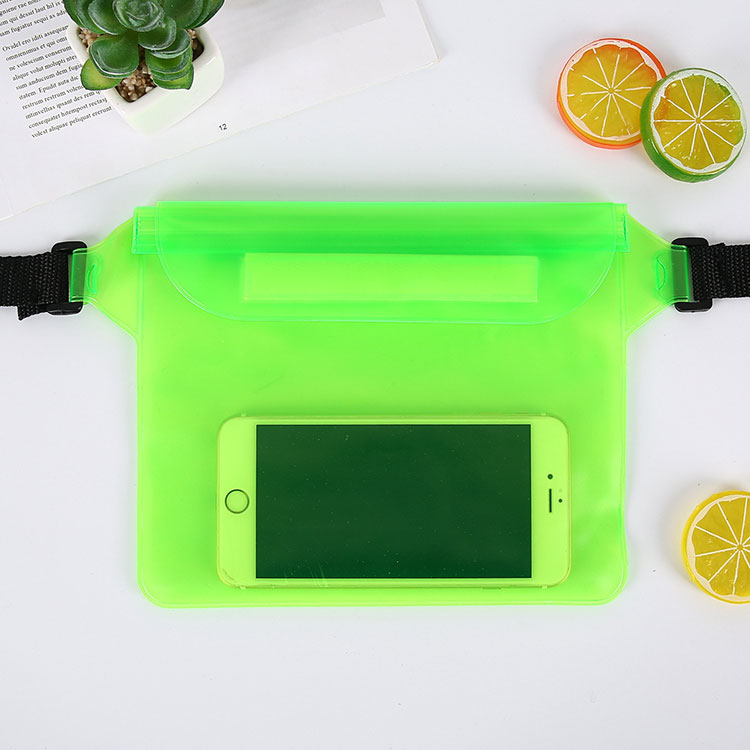
- English
- Español
- Português
- русский
- Français
- 日本語
- Deutsch
- tiếng Việt
- Italiano
- Nederlands
- ภาษาไทย
- Polski
- 한국어
- Svenska
- magyar
- Malay
- বাংলা ভাষার
- Dansk
- Suomi
- हिन्दी
- Pilipino
- Türkçe
- Gaeilge
- العربية
- Indonesia
- Norsk
- تمل
- český
- ελληνικά
- український
- Javanese
- فارسی
- தமிழ்
- తెలుగు
- नेपाली
- Burmese
- български
- ລາວ
- Latine
- Қазақша
- Euskal
- Azərbaycan
- Slovenský jazyk
- Македонски
- Lietuvos
- Eesti Keel
- Română
- Slovenski
- मराठी
- Srpski језик
What factors should you consider when choosing a waterproof bag?
2024-01-05
Waterproof bags are designed and manufactured to provide a high level of water resistance, often using materials that repel water and prevent moisture from seeping inside the bag. However, the term "waterproof" can vary in its degree of effectiveness based on several factors:
Material Quality: The effectiveness of a waterproof bag largely depends on the quality of the materials used. High-quality waterproof bags typically use specialized materials like PVC, TPU, or coated fabrics that offer excellent water resistance.
Seams and Zippers: The weakest points in any waterproof bag are often the seams and zippers. Bags with welded seams or sealed seams are more effective in preventing water ingress compared to bags with stitched seams. Similarly, bags equipped with waterproof zippers or those covered with protective flaps provide better water resistance.
Usage and Conditions: While waterproof bags can withstand light rain, splashes, or brief immersion, their level of waterproofing might be compromised under prolonged submersion, heavy rain, or extreme conditions.
Maintenance: Over time, wear and tear, exposure to harsh elements, or damage to the bag's surface can affect its waterproofing capabilities. Regular maintenance, like cleaning, drying, and following manufacturer's guidelines for upkeep, can help maintain the bag's waterproof qualities.
It's essential to recognize that no bag can claim 100% waterproofness indefinitely. When selecting a waterproof bag, consider the intended use, quality of materials, construction, and user reviews to determine its effectiveness in various conditions.


